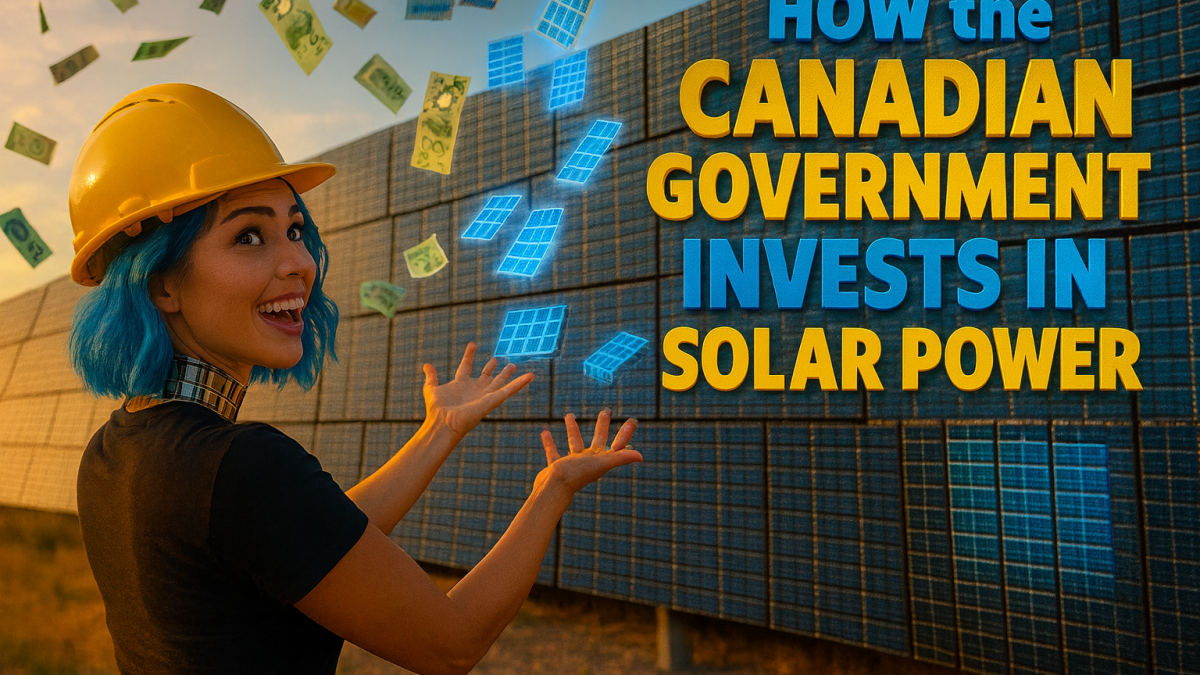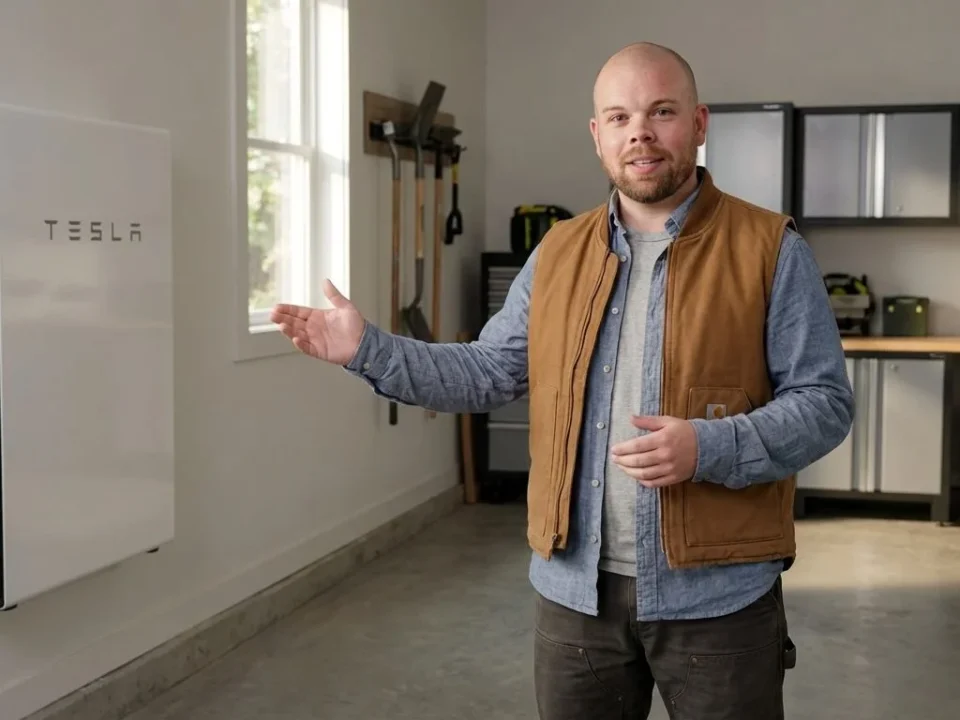
Installing and Selling Solar Panels In Canada: Jobs in Demand
August 18, 2025
Balcony Solar Panels: Which Type To Choose And How to Use it in Canada?
August 19, 2025You hear about “billions in investment” and a “clean energy revolution,” which sounds great, but what does it actually mean for you, the homeowner? How does that money translate into something tangible for your family and your hydro bill? My goal here is to cut through the noise. We’ll look at the real numbers, the actual government programs, and the practical benefits. This is about understanding the opportunity in front of us, so you can decide if you’re in or out.
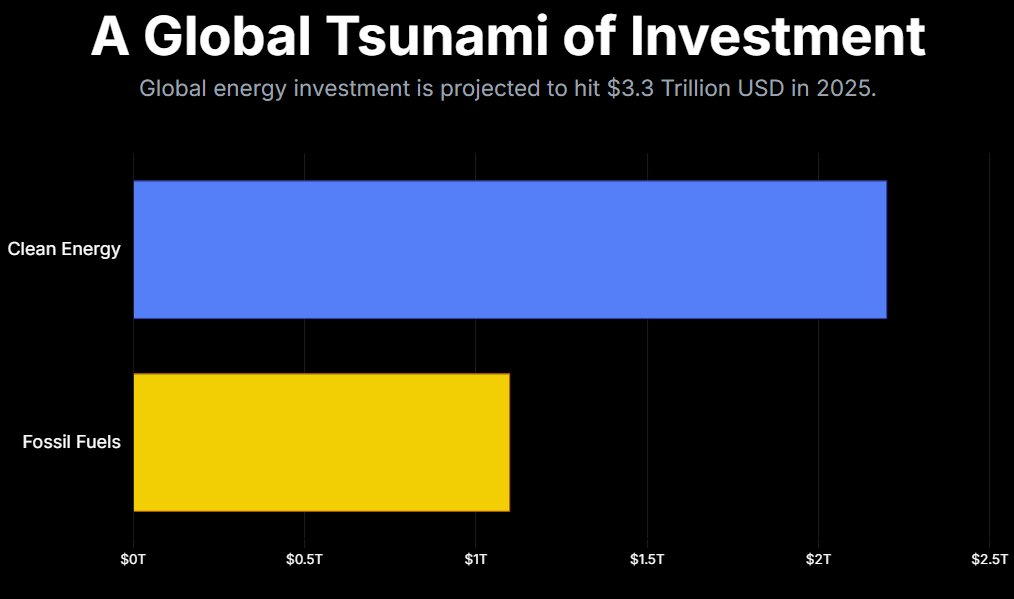
A Global Shift is Happening
First, let’s get some context. This isn’t just a Canadian thing. A recent report I was reading, “Strong Signals in the Noise” from a group called New Economy Canada, lays it out pretty clearly. The world is pouring money into clean energy—we’re talking over $3 trillion a year. In 2024, investment in clean energy was double the investment in oil and gas.
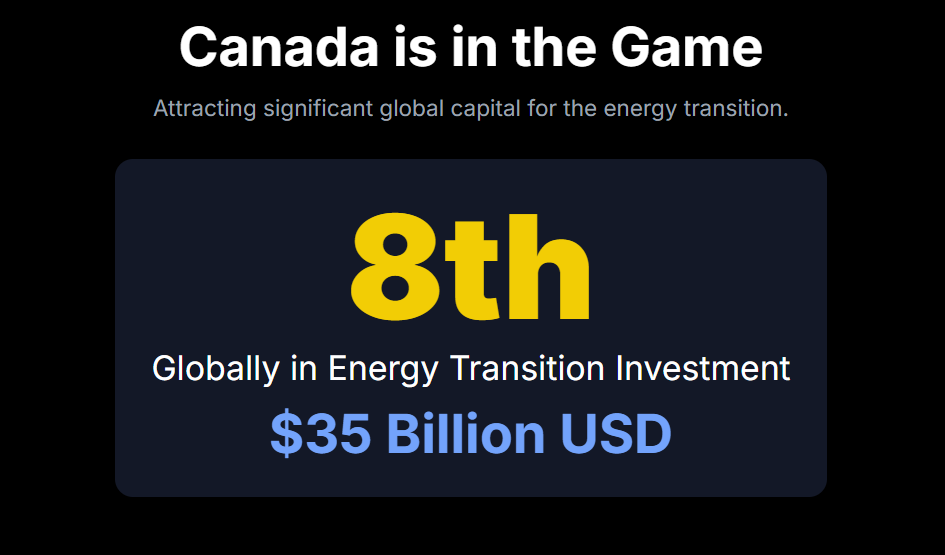
This shift isn’t just about feeling good about the environment. It’s driven by hard-nosed concerns about energy security and the need for stable, reliable power. As Merran Smith, the president of New Economy Canada, put it, “The clean economy is… the best opportunity for Canada’s future economic growth, stable trade and energy security.” This is the biggest economic game in town, and Canada is positioned to be a major player. We already rank eighth globally for clean investment, but there’s a race on, and we need to move fast.
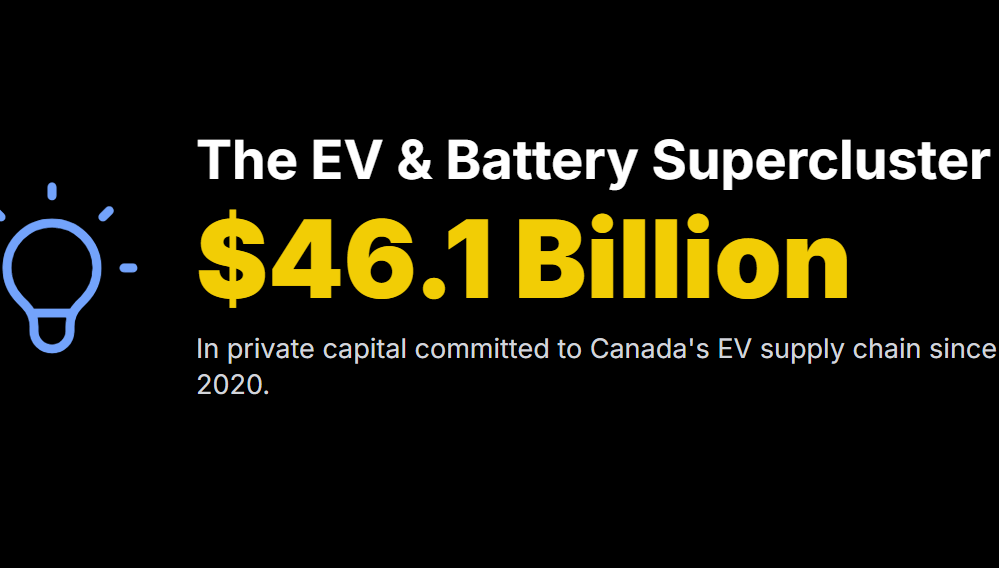
Breaking Down the Billions: Where is the Money Actually Going?
So, when the government says it’s investing in solar, where does that money end up? A lot of it is designed to flow directly to people and businesses making the switch.
Federal Support for Homeowners and Businesses
The federal government has put some serious programs on the table to lower the cost barrier for Canadians.
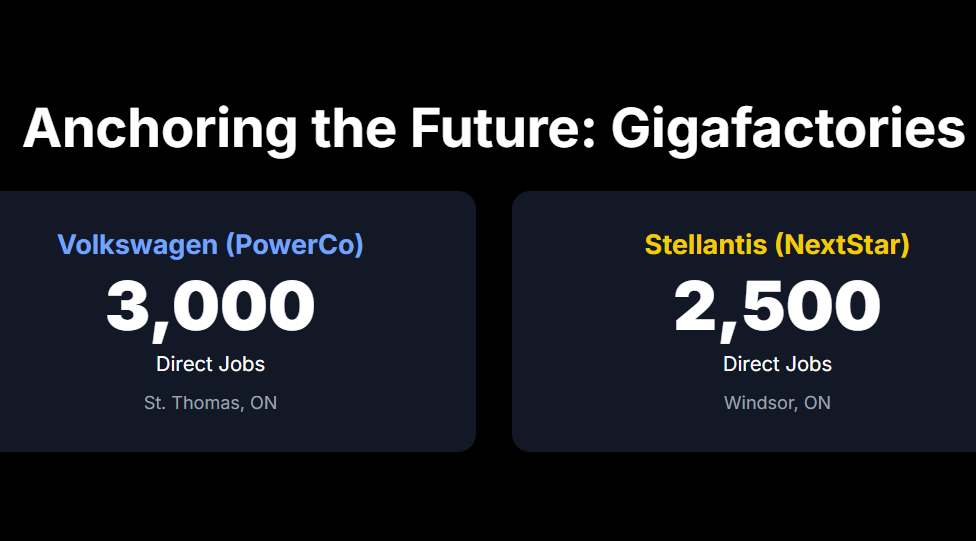
The Canada Greener Homes Initiative
This is the big one for homeowners. I’ve walked many people through this program. It’s a multi-layered support system.
- Grants: You can get up to $5,000 back for installing a solar photovoltaic system. The grant is calculated at $1,000 per kilowatt (kW) installed.
- Evaluations: They also cover up to $600 for the mandatory pre- and post-retrofit EnerGuide evaluations. You need these to qualify, so this helps offset that cost.
- Interest-Free Loans: On top of the grant, you can apply for an interest-free loan of up to $40,000 with a 10-year repayment term. This is a game-changer for financing the upfront cost of a system.
Here’s a quick look at how the grants stack up for various retrofits, just to give you an idea of the scope:
| Retrofit Category | Maximum Grant Amount |
|---|---|
| Solar Photovoltaic Panels | $5,000 |
| Home Insulation | Up to $5,000 |
| Air-Sealing | Up to $1,000 |
| Heat Pumps | Up to $5,000 |
| Windows and Doors | Up to $5,000 |
Source: Natural Resources Canada

Tax Incentives for Businesses
For businesses, the government has a powerful tool called the accelerated Capital Cost Allowance. In simple terms, a business that installs a solar power system can write off 100% of the cost in the first year. This drastically improves the financial case for commercial solar projects, freeing up capital and making the return on investment much quicker.
Provinces Stepping Up: A Coast-to-Coast Look
The federal programs are just one piece of the puzzle. Provinces are also launching their own ambitious initiatives, creating pockets of intense growth and opportunity across the country.
British Columbia’s Power Play
Out here in B.C., things are moving. BC Hydro launched a call for power in 2024 to get about 3,000 gigawatt-hours per year of new clean electricity. This is their first big competitive call in over 15 years. What that means on the ground is an estimated $2.3 to $3.6 billion in private investment flowing into the province to build these new projects. It’s expected to create between 800 and 1,500 jobs annually. That’s a serious injection into the local economy.
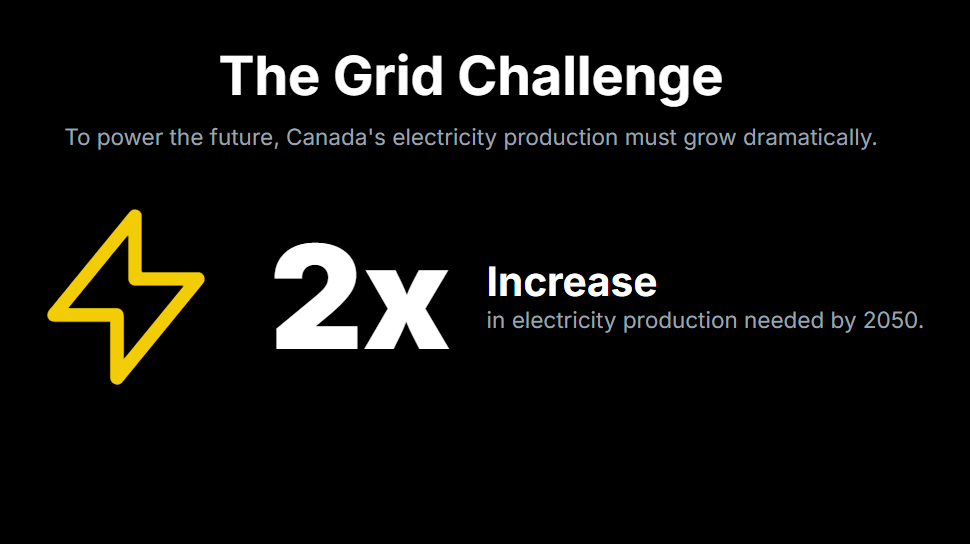
Ontario’s EV and Battery Boom
Ontario has made huge strides in securing its place in the clean economy, particularly with electric vehicles and batteries. The province locked in a massive $5 billion investment from LG Energy Solution and Stellantis for a large-scale EV battery manufacturing plant in Windsor. Why does this matter for solar? Because batteries are the key to unlocking solar’s full potential. Storing the energy you generate during the day for use at night is what gives you true energy independence. A strong domestic battery supply chain makes this technology more accessible and affordable for everyone.

The Real-World Impact: Jobs, Savings, and the Economy
This isn’t just about policy and big numbers. These investments have a direct impact on Canadian families and workers.
More Than Just Panels: A Job Creation Engine
According to Clean Energy Canada, the clean energy sector is becoming a major employer. In 2020, it already provided jobs for about 430,500 people. By 2030, that number is projected to jump by nearly 50% to 639,200 jobs.
I see this firsthand. The demand for skilled installers, electricians, and project managers in the solar industry is growing every year. These are stable, well-paying careers that are being created right here at home. It’s a fundamental shift in our energy workforce.
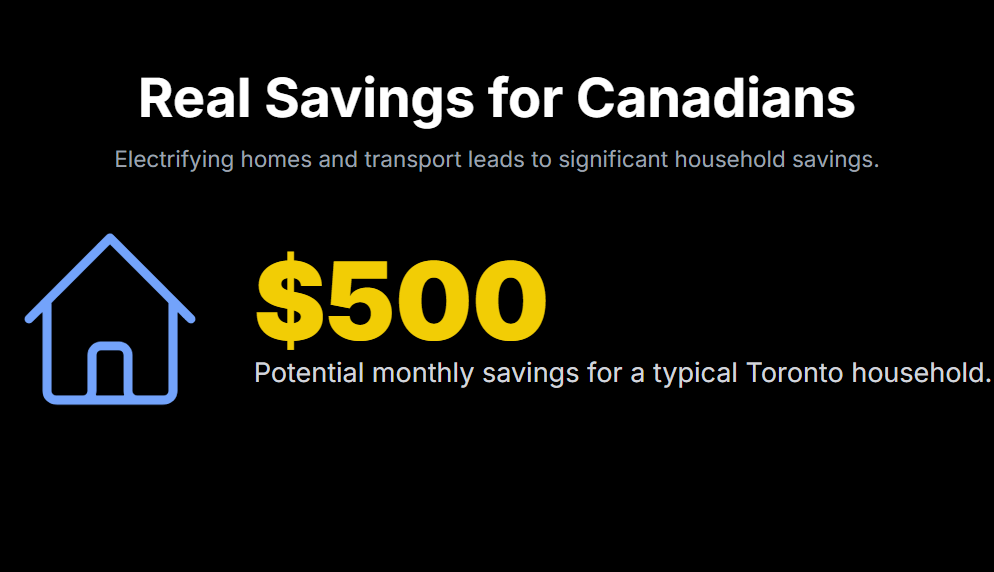
What Does This Mean for Your Wallet?
For a homeowner, the decision to go solar often comes down to one question: will it save me money? The answer is yes, but the payback period depends heavily on where you live. Electricity rates, available sunlight, and provincial incentives all play a role. Additionally, potential solar savings can be influenced by the impact of federal tariff on solar savings, which may affect the cost and availability of solar panels and related equipment. Homeowners should also consider local policies and energy market dynamics, as these factors can either enhance or diminish the financial benefits of installing solar energy systems. By evaluating these elements, homeowners can better understand their investment and potential return over time.
This is where programs like net metering become so important. Net metering allows you to send any excess electricity your solar panels generate back to the grid. In return, you get credits on your utility bill. When you combine federal grants, provincial rebates, and net metering, the financial picture for solar becomes very attractive in many parts of Canada.
Tip for Homeowners: Don’t look at any single incentive in isolation. The real power comes from “stacking” them. Use the federal Greener Homes grant to lower the initial price, apply for any provincial rebates available, and then maximize your savings over time through a net metering agreement with your local utility.
Cutting Through the Complexity
I’ll be straight with you: figuring all this out is a pain. Researching federal grants, digging through provincial websites for rebates, calculating your potential savings—it’s enough to make anyone give up. A few years back, I was helping a friend navigate the process, and the sheer amount of paperwork and calculation was overwhelming. That’s what made me realize there had to be a better way.
This is exactly why we developed the calculator at SolarEnergies.ca. We wanted to build a tool that does the heavy lifting for you. You just enter your address, and our system takes care of the rest.
It uses AI and integrated services to:
- Analyze your roof’s angle, size, and sun exposure.
- Calculate your potential energy production and long-term savings based on local electricity rates.
- Instantly pre-qualify you for every single federal and provincial grant you’re eligible for.
It takes a process that could take hours of research and boils it down to a few seconds. You get a clear, data-driven answer about whether solar makes sense for your specific home, with no fluff.
The Hurdles: It’s Not All Sunshine
Of course, this transition isn’t without its challenges. The “Strong Signals” report points out some significant headwinds.
Global Competition and Policy
Canada is competing on a global stage. The U.S. has aggressive policies and potential tariffs that can impact our market. At the same time, China dominates the manufacturing of clean tech like solar panels. To succeed, Canada needs a clear, coordinated national strategy that gives investors confidence. As Andrea Moffat of Addenda Capital said, “We need to scale our efforts by ensuring a strong foundation and building market confidence now.”
Infrastructure and Grid Modernization
Our electricity grid was built for a different era. Integrating thousands of small, decentralized power sources (like rooftop solar) requires a smarter, more flexible grid. This modernization is a huge undertaking, but it’s essential to support the growth of renewable energy.
A Quick Heads-Up (Disclaimer)
Look, the information I’ve shared here is based on my 12 years in the industry and the best data I have available as of August 2025. I’ve done my best to break it down for you, but this isn’t official financial, legal, or tax advice. Government programs, grants, and regulations can change, sometimes quickly. Before you make any big financial decisions based on this article, please do your own homework and talk to a qualified professional who can look at your specific situation. My goal is to give you honest, helpful guidance, not to be your financial advisor.
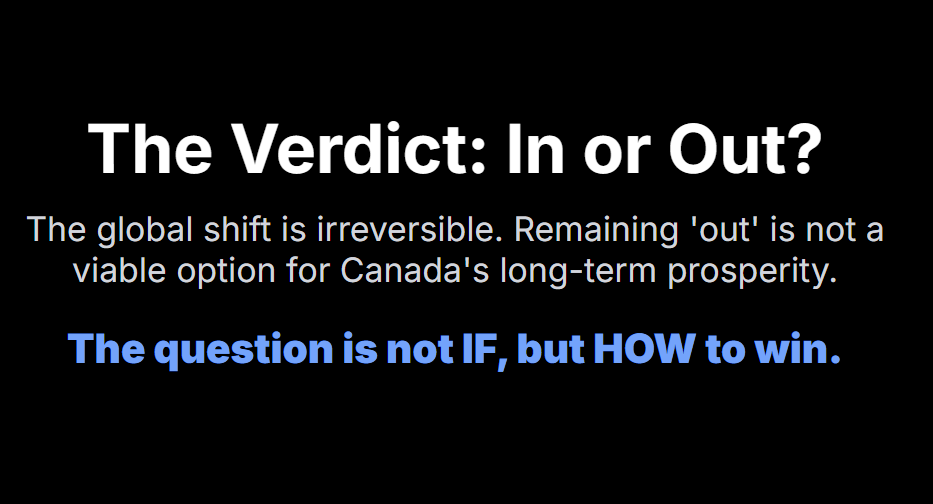
My Final Word
The momentum behind solar and clean energy in Canada is undeniable. The government is putting real money on the table, and the economic opportunity is one of the biggest in a generation. The question is no longer if Canada is going solar, but if you’re going to be part of it.
The complexity of grants and calculations has held too many people back. Don’t let it stop you. Use a tool like our calculator to get a straight answer for your home. See what the numbers say. The path to energy savings and independence is clearer than it’s ever been.
Canada goes Solar.

